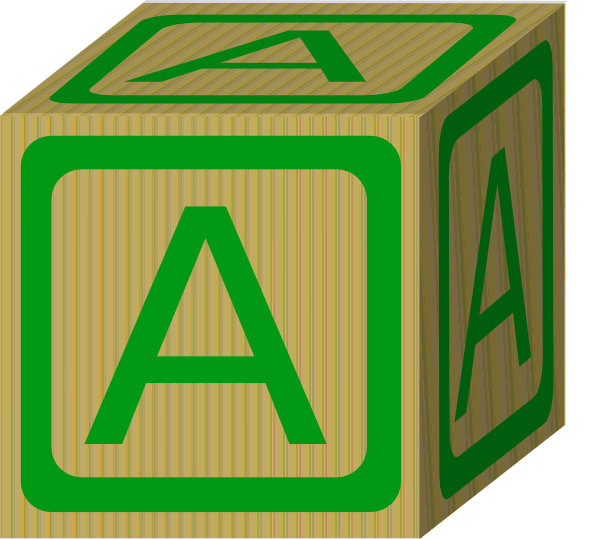


However, Korean is now typically written from left to right with spaces between words serving as dividers, unlike in Japanese and Chinese. Īs in traditional Chinese and Japanese writing, as well as many other texts in East Asia, Korean texts were traditionally written top to bottom, right to left, as is occasionally still the way for stylistic purposes. If the baseline is vertical, the first consonant and vowel are written above the second consonant (if present), but all components are written individually from top to bottom in the case of a horizontal baseline. How the syllable is structured depends if the baseline of the vowel symbol is horizontal or vertical. The vowel can be basic or complex, and the second consonant can be basic, complex or a limited number of tense consonants. Syllables may begin with basic or tense consonants but not complex ones. However, when ㅇ starts a sentence or is placed after a long pause, it marks a glottal stop. If the syllable begins with a vowel sound, the consonant ㅇ (ng) acts as a silent placeholder.

The syllables begin with a consonant letter, then a vowel letter, and then potentially another consonant letter called a batchim ( Korean: 받침). For example, the Korean word for "honeybee" ( kkulbeol) is written as 꿀벌, not ㄲㅜㄹㅂㅓㄹ. Korean letters are written in syllabic blocks with the alphabetic letters arranged in two dimensions. Four basic letters in the original alphabet are no longer used: 1 vowel letter and 3 consonant letters. There are also 27 complex letters that are formed by combining the basic letters: 5 tense consonant letters, 11 complex consonant letters, and 11 complex vowel letters. Modern Hangul orthography uses 24 basic letters: 14 consonant letters and 10 vowel letters. As a result, Hangul was initially denounced and disparaged by the Korean educated class. Hangul was created in 1443 CE by King Sejong the Great in an attempt to increase literacy by serving as a complement (or alternative) to the logographic Sino-Korean Hanja, which had been used by Koreans as their primary script to write the Korean language since as early as the Gojoseon period (spanning more than a thousand years and ending around 108 BCE), along with the usage of Classical Chinese. It has been described as a syllabic alphabet as it combines the features of alphabetic and syllabic writing systems, although it is not necessarily an abugida. The letters for the five basic consonants reflect the shape of the speech organs used to pronounce them, and they are systematically modified to indicate phonetic features similarly, the vowel letters are systematically modified for related sounds, making Hangul a featural writing system. Throughout the list you’ll find links to Amazon products to help you find what you need.The Korean alphabet, known as Hangul ( English: / ˈ h ɑː n ɡ uː l/ HAHN-gool Korean: 한글) in South Korea and Chosŏn'gŭl ( 조선글) in North Korea, is the modern official writing system for the Korean language.
ALPHABET BLOCK LETTER DOWNLOAD
At the end of the post you can download your own free set of giant block letters. Today I’m sharing over 150 ideas for filling up giant letters. “Here’s a giant letter B! What are we going to fill it up with?” As they’re working, we talk about what they’re using as a way to reinforce the letter and sound. When I’m first introducing the letter, I like to print a giant block letter and have my kids fill it in with objects that begin with that letter. We learn about letters in a variety of ways.


 0 kommentar(er)
0 kommentar(er)
